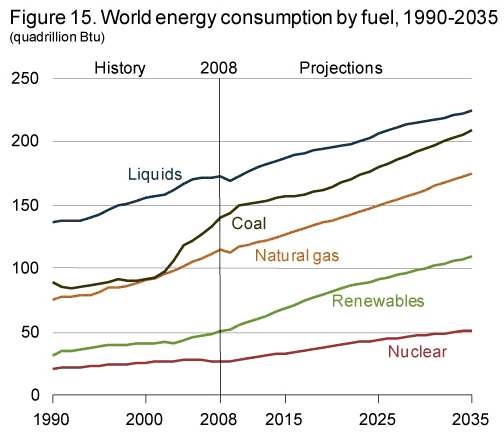Question: What’s green, grows on trees, creates jobs and supports healthier forests?
Answer: woody biomass.
If you are wondering what woody biomass is, it is generally the term used for the by-products created from forest management projects. This biomass can include branches, tree tops, needles, leaves and bark. Traditionally, this waste has been put into piles to rot or to be burned.
However, current trends are moving towards using this waste as a source of energy. It holds the promise of job creation as well. But this transition will take time. And, while there are smart, clean energy options for the future, such as solar, wind, hydro and geothermal, woody biomass is a renewable resource which deserves to be considered.
According to Wood Resource Quarterly,Sweden’s biomass has surpassed oil as the top energy source, comprising 32 percent of the country’s total energy supply.
They have reduced their carbon dioxide output by 9 percent in recent years, while increasing their gross national product by 48 percent. The model has certainly worked there, where biomass energy has created 30,000 new jobs!

